Characteristics and applications of gravel
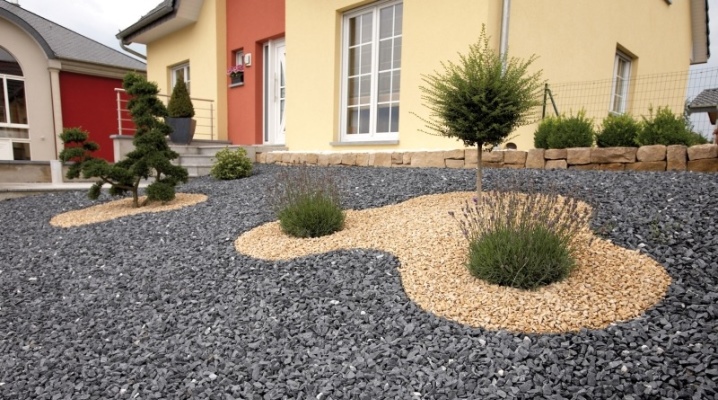
Natural materials have become more and more popular over time in construction and landscaping. Pebbles and gravel are often used when arranging artificial water sources, garden paths, playgrounds and much more. Outwardly, these stones are quite similar to each other, but each of them has its own characteristics and advantages. Gravel is in great demand today, the properties of which can vary depending on the constituent components.

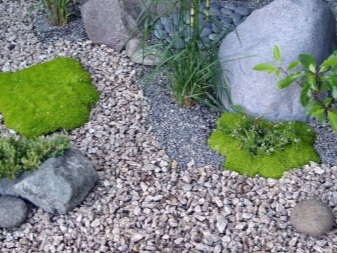
What it is?
Gravel belongs to sedimentary rocks. It contains fragments and pieces of various rocks. Due to the influence of the force of wind and atmospheric precipitation, the material becomes smooth and loses its protrusions. The gravel looks like a streamlined stone. Its color can be very diverse, as well as decorative features.
This natural material is mined by the open method, involving in the process special equipment in the form of excavators, buckets. Upon completion of mining, the stone is dried naturally.
When receiving construction raw materials, the rock is crushed to the desired fraction.

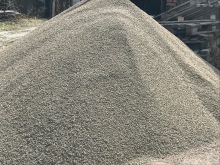
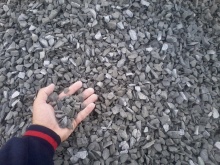
To determine the scope of use of gravel, its composition is initially evaluated. Usually, the sedimentary rock contains granite, sandstone, limestone, various organic impurities.
Often, gravel is mined in riverbeds and coastal sediments. In some cases, it is extracted from quarries in which the stone is mixed with sand, clay and other minerals. The mined rocks are transported by trucks or railway trains. The sizes of granite grains usually range from 0.7 to 7 cm, the clay content in them should not exceed 0.25%. No more than a percent should be occupied by dust, mud, sand.

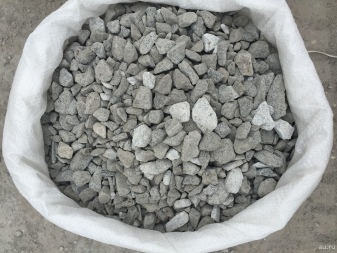
Properties
The properties of gravel depend on the composition of the rock and its processing. Due to purification and dispersion, homogeneous fractions are often obtained. How much a mineral weighs is usually calculated in cubes. Often the average weight of gravel is 1.4 tons per cubic meter. The main characteristics of the breed include the following:
- density from 2, 6 - 2, 7 t / m3;
- low level of liquid absorption;
- good frost resistance, which contributes to the preservation of properties and appearance even with several freezes of the material;
- minimal radioactive background;
- specific gravity equal to 1400 kg / m3.
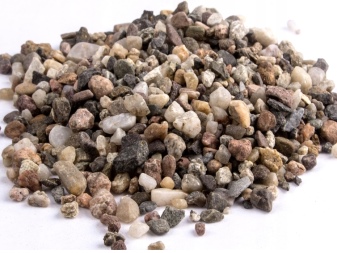

Advantages and disadvantages
Gravel, like any other natural building material, has its advantages and disadvantages. The advantages of the mineral are the following features:
- no cracks in the grains;
- simplicity and high speed of material laying;
- profitability;
- environmental Safety;
- almost complete absence of grains with a non-standard shape.
The disadvantages of this sedimentary rock are considered to be low adhesion, as well as the occurrence of difficulties when laying material on a slope site.
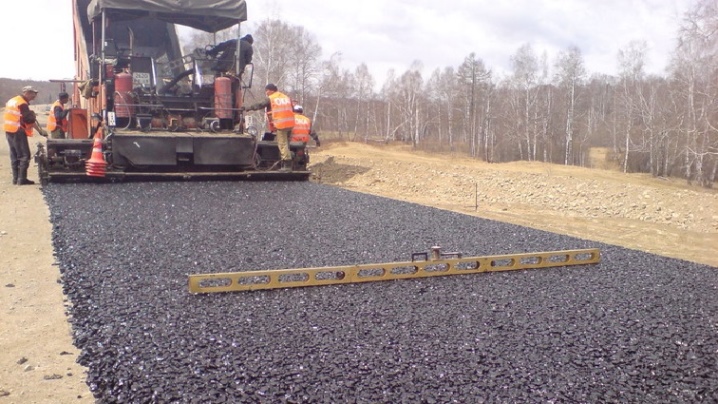
Views
Loose sedimentary rock such as gravel comes in many varieties. The division of natural washed material into types depends on the composition, origin, size. This versatile material consists of a mixture of natural rocks that determine the color of the stone and its quality characteristics. The user can find on sale colored and white gravel of different sizes, which is excellent for decorative finishing, renovation and cladding.
By origin
The origin of this natural material varies.
- River. This type of gravel is mined on river beds. The material is characterized by a smooth surface, cleanliness and absence of impurities. It is often used in the production of concrete.
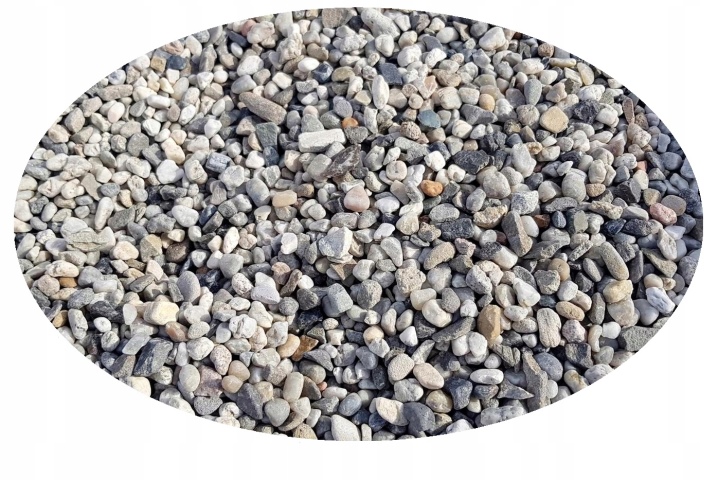
- Marine. This gravel has characteristics similar to the previous one.
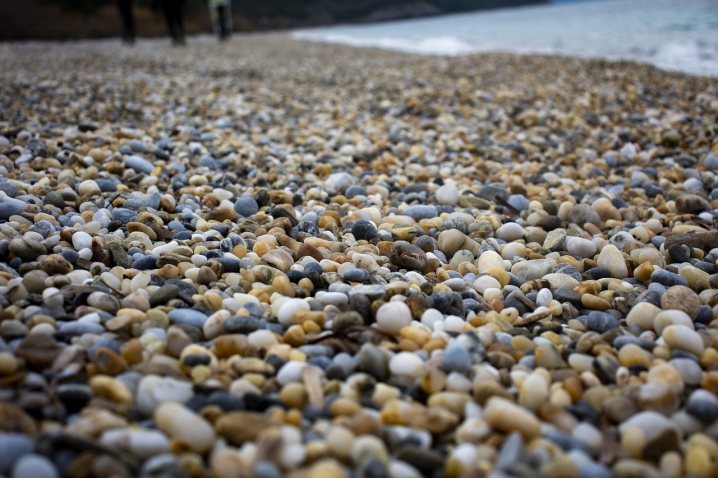
- Mountain. The rock is characterized by roughness and the presence of clay and sand impurities in the composition. Rock gravel is used to make concrete mortar for road surfaces.
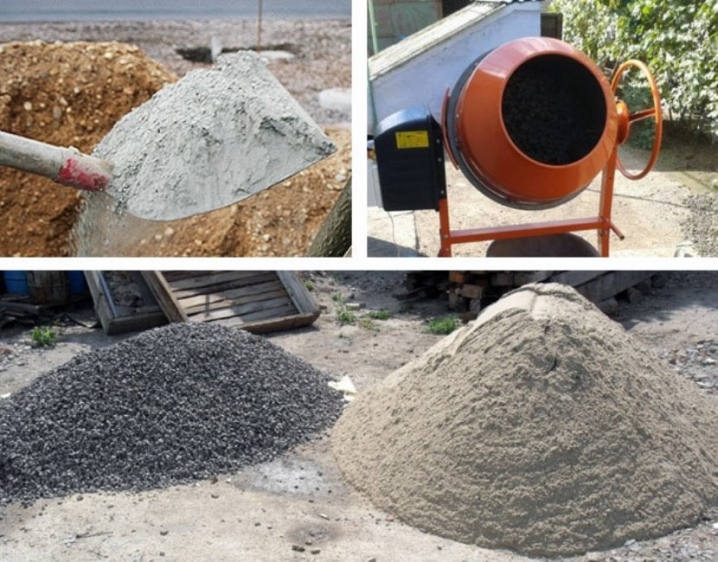
- Keramzitov. Highly porous material is usually brown in color. Its production is based on clay firing. Expanded clay rock is characterized by high frost resistance, poor moisture absorption.
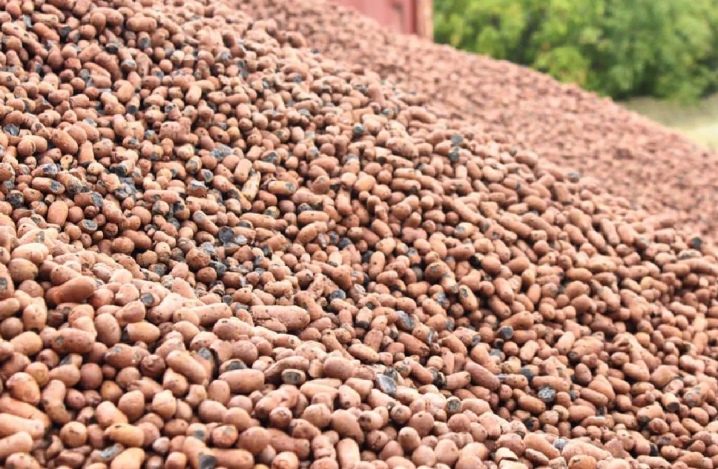
- Foam glass. This type of gravel is obtained by heat treatment of silicate glass. The material is characterized by gray color, porous structure, low weight. The breed has found its application in a place where there is a risk of negative influence from an aggressive chemical environment. Consumers have already appreciated the heat and sound insulation of foam glass gravel.

- Shungizitov. This type of material has good thermal insulation properties, has a long service life, and also does not deform under the influence of high temperatures. Shengizite stone has a rounded shape and a rough surface.
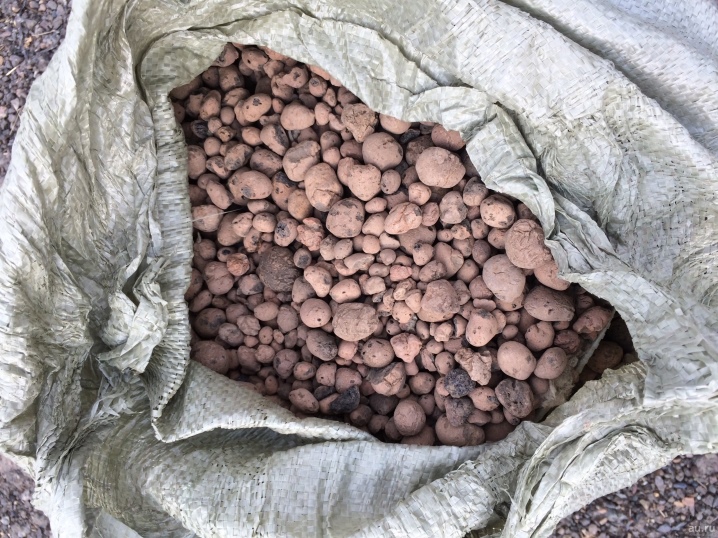
- Rounded. Natural rounded sedimentary rock is used in roofing processes, as well as in decorative flooring. This gravel has a round, smooth shape. It is mined by scattering a gravel-sand mixture followed by flushing.
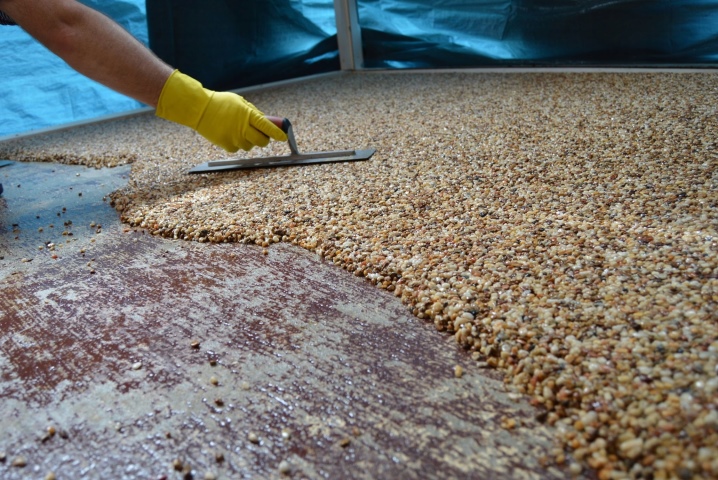
To size
Gravel screenings and their chips are characterized by high strength, regardless of size. The particles have both a coarse and a fine fraction in the form of sand. Currently, the following gravel fractions can be found:
- 3-10 mm - used during the installation of platforms;
- 10-20 mm - found application in construction work, since high-quality concrete mixtures are made from it;
- 20-40 mm - irreplaceable in road construction, with its help bridges are poured, roadbed repair;
- 40-70 mm - is actively used in the design of the territory.
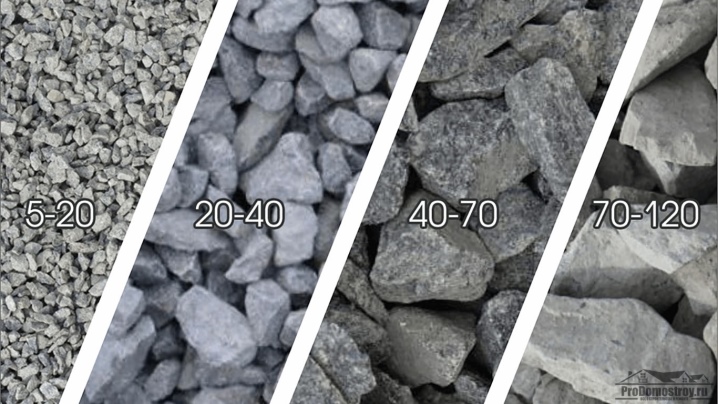
What is different from pebbles?
Not everyone will be able to tell the difference between gravel and pebbles right away. However, the difference can be seen even in the appearance of the materials. Each of the rocks has a round shape, but pebbles are characterized by the presence of a certain plane. Gravel, in turn, is characterized by a three-dimensional structure.
Depending on the nature of the origin, the color of the materials is determined. Pebbles are common in rivers, so their color depends on the rocks through which the reservoir flows. Gravel is characterized by a certain variegation of shades, since fragments of various rocks predominate in its composition.
If you look closely at natural rocks, you can find differences in their structure. Pebbles have a uniform chemical consistency, but gravel is a collection of several types of rocks, including sand, granite, marble and quartz. Both types of stone have found their way into decorative work.
At the same time, craftsmen should take into account that gravel has a lower cost, since it is less laborious to extract and is often not too far from the building site.

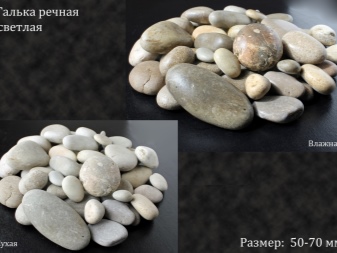
Applications
Wide distribution in nature and ease of extraction of gravel make it one of the most common finishing materials. This is especially characteristic of the quarry type of rocks, since some surface roughness is inherent in its particles. Outwardly, they are more similar to pieces of minerals, rather than run-in rocks. This type of gravel binds easily to the concrete mix, therefore it is considered quite durable.
Gravel found its use during the construction of railways and highways. However, when choosing a material, its strength, resistance to temperature extremes and mechanical stress must be taken into account.Increasingly, gravel can be found during work related to the design of personal plots, flower beds. They decorate the area around the house and cover garden paths.
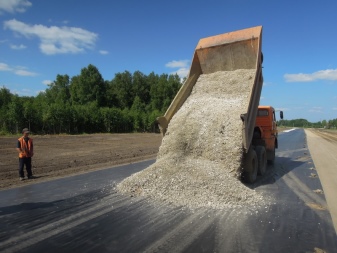
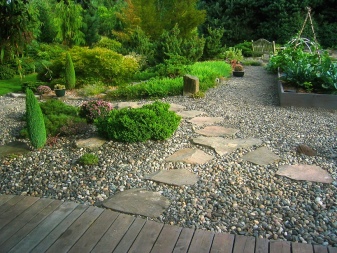
The versatility of gravel makes it possible to use it for drainage, mulching, growing flowers, as well as in the following cases.
- Arrangement of the foundation. In this case, gravel can not only be part of the concrete solution, but also act as an independent environmentally friendly foundation.
- The device of a filtering system, for example, a well.
- In aquariums. Natural stone in an artificial reservoir can act as a soil in which flora representatives feed and develop.
- In the poultry industry. When growing chickens, fine gravel is used, which serves as an element that grinds food. For adults, you can use the medium-sized breed.
- To form a blind area. In addition to the decorative function, the stone is capable of performing a practical function. This material is considered a good basis for the blind area. It is poured into a thin strip at the border of the local area and the building.


Gravel is a durable and practical material that, if properly cared for, can do its job.
For example, paths made of such a stone will last much longer if they are regularly trimmed or covered with new portions of the rock. Many craftsmen and homeowners use gravel, as it has a low cost and is easy to use.
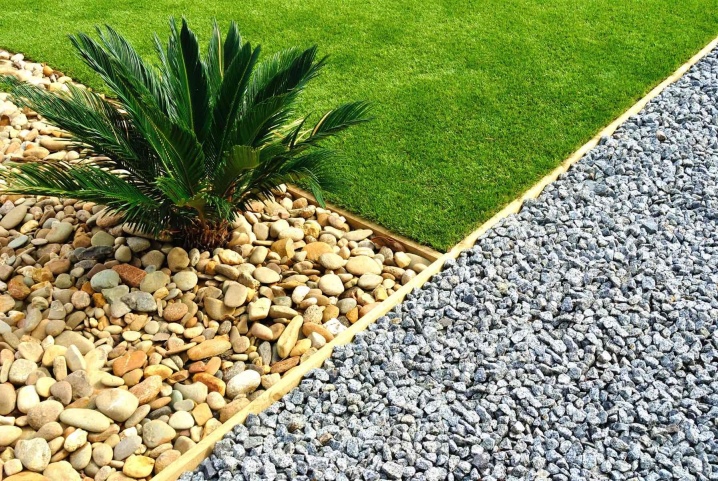










The comment was sent successfully.